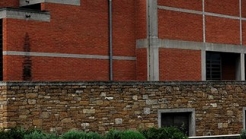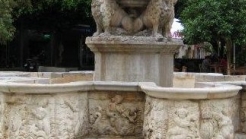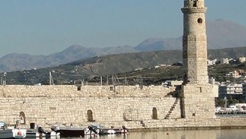

Greece
The museum Crete chemistry, is in operation since 1996 and is hosted in building the State Laboratory of Chania.
Represents the first public laboratory in Greece, which was founded in Chania in 1900, on the initiative of John Vamvaka.
The laboratory, during the Second World War was bombed, with the result that the exhibits presented today, is one of the which were rescued from the ruins.
In this area, are presented as exhibits chemical reagents, distillation apparatus and measurement, thermometers, pycnometers, microscopes, n.e.c.
Also, a small space is dedicated to architect John Vamvaka, in which there is a library of old books chemistry, a desk and the decree 143 of the Cretan state of 1900, which is signed by the High Commissioner of Crete, Prince George, from whom was formalized the operation of commercial laboratory.


The Thessaloniki Museum of Byzantine civilization presents various aspects of life during the byzantine and metabyzantine period: Art, ideology, social organization and religion.


Heraklion is not just a city in the next visitor’s destination. Expresses something more, something deeper, a history of thousands of years. With this thought must learn the traveler to "read" the area beyond the mundane habits that require a visit to museums or at Knossos.


Rethymno is the third-largest city in Crete island. The present city is built at the same location with the ancient Rethymno. Evidence for the existence of the city are from the 5th-4th century BC. The Rethymno washed by two seas, north of the Cretan and south from the Libyan Sea .The current population of count around 32,000 inhabitants.
1039 Ε 6061 01515 00